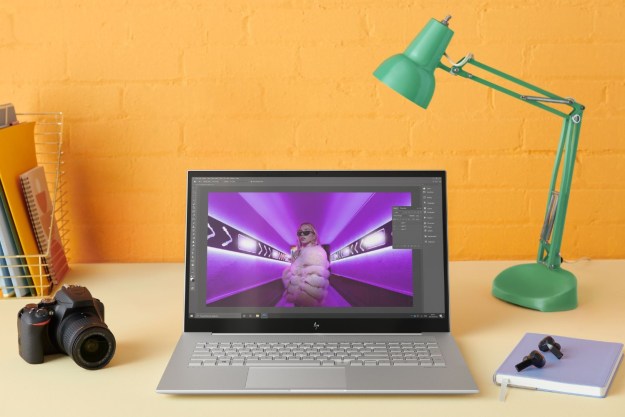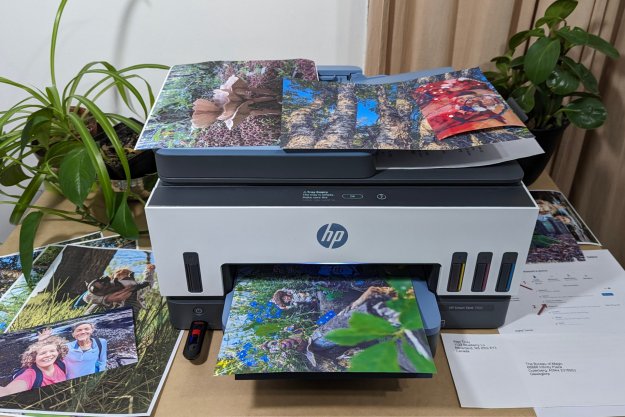 NEWS FLASH: Once something is posted to the Internet, it’s never going away.
NEWS FLASH: Once something is posted to the Internet, it’s never going away.
This is a concept that many are still coming to terms with. But it’s one that we must all face if we are to make wise choices about what we do and do not post online.
When the issues related to Facebook privacy percolate to the surface every couple of months or so, for example, the most practical Net citizens always offer a bit of advice that the rest of us can’t quite seem to grasp: If it’s not something you would share with everyone, don’t share it at all.
This guiding principle applies to comments, pictures, videos and any other form of media that fits within the confines of this oh-so-popular series of tubes. But what happens when what’s shown or said about you isn’t within your control?
That conundrum — and how to solve it — is adding fuel to an industry of online image managers, companies that specialize in cleaning up the online you.
According to an article in this weekend’s The New York Times Magazine, companies like Reputation.com have begun to make a killing by wrangling the vast and unwieldy details that have begun to plague Internet users.
Services like Reputation, whose tag line is “Make the Internet reflect reality,” have long been used by celebrities or Wall Street bankers who hope to keep bad press from soiling their ‘good name’ in a Google search. At the height of the 2008 financial crisis, one banker reportedly spent $10,000 per month to maintain his online image.
“The Internet has become the go-to resources to destroy someone’s life online, which in turn means their offline life gets turned upside, too,” Michael Fertik, Reputation’s chief executive, tells the Times. “We’ve reached a point where the Internet has become so complicated, vast and fast-paced, that people can’t control it by themselves anymore. They now need an army of technologists to back them up online.”
Reputation reportedly charges the average person between $120 and $600 a year to keep the things they want seen at the top of Google, and the less flattering details tucked under the digital rug.
So, how exactly do online image managers perform their clean-up act? By gaming Google, of course!
As any ‘SEO guru’ will tell you, a major part of Google’s (and other search engine’s) page-ranking algorithm works by counting the number of times a certain website, image or web page is linked to by other reputable websites. The more quality links, the higher the page appears in search results.
Online image managers hire programmers to create “dummy Web sites that link to a client’s approved list of search results,” writes The New York Times‘ Nick Bilton. This helps the cream float to the top, and the crud sink to the bottom. The company also contacts webmasters to have offending items removed, as well as other services, like editing Wikipedia.
These techniques don’t work quite so well, however, if you have a unique name — in which case, you might just have to change your name entirely.
Edited for clarity at 6:05pm EST


